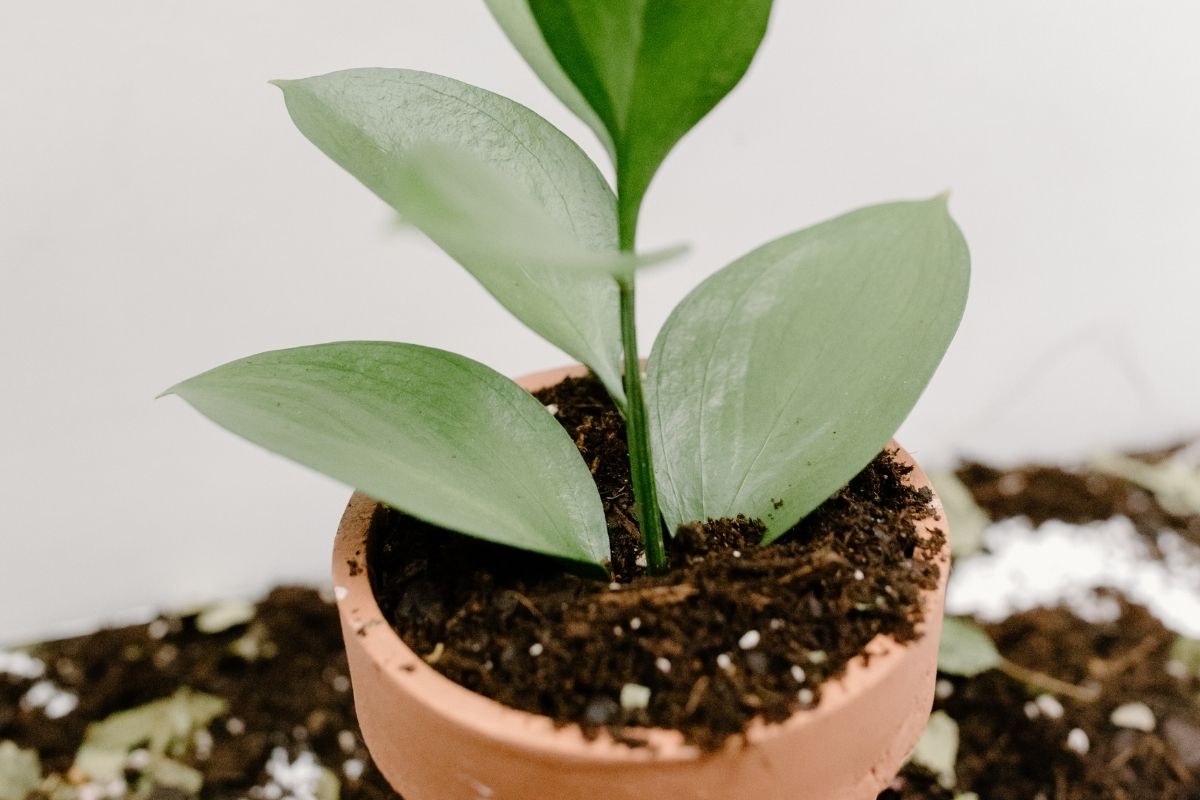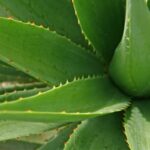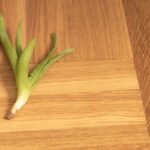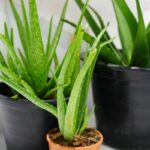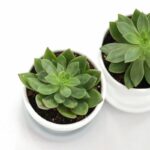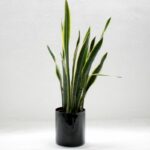I’ve also wondered what the little white balls in potting soil are. When I was small, I thought they were bugs. But as I got older, I figured they must have some nutritional value. However, it was only recently that I looked into it properly.
I figure I’m probably not the only one wondering what these things are, and what their purpose is, so I thought I’d share my newfound wisdom to prevent you from scratching your head any longer!

What Is Potting Mix?
Let’s go back to the basics first, and explain what I mean by potting mix.
Potting mix, sometimes also referred to as potting soil (but we will come back to this), is a nutritious medium designed to provide your plants with the perfect environment to flourish in.
This specially-formulated mix often consists of peat, grit, sand, perlite, and vermiculite. It’s designed in such a way that your plants won’t be squashed or restricted – their roots will have room to spread and they will benefit from the water retention and drainage qualities of this type of medium.
Potting Soil vs. Potting Mix
As I mentioned, these terms are often used interchangeably. However, this isn’t entirely accurate as there is a difference between the two mediums.
Potting mix doesn’t contain any soil and is considered more sterile. This means it is safer for your plants as it is free from any potentially harmful pathogens.
Potting mix contains all of the elements I mentioned in the section above, designed to make the perfect growing environment for your plants, and it is generally lighter in weight than potting soil.
Potting soil, as the name suggests, can contain soil. It also contains compost and can contain sand too. It is heavier than potting mix and contains organic matter.
It’s worth pointing out that you can also find pesky weed seeds in potting soil as well as there being the potential for it to contain fungus or pathogens.
So, What Are The Little White Balls in Potting Soil?
Let’s go back to the matter at hand, and those little white balls. What exactly are they?
Well, they’re definitely not bugs. These balls are a mineral called perlite (which we mentioned briefly in the first section of this article. You’ll find that most good quality potting mixes will include around 10-15% perlite.
What Is Perlite?
What’s super cool about this little mineral, aside from how it can benefit your plants, is that it’s actually volcanic glass! How awesome is that?
In order to be used in potting mixes, perlite is heated to around 1,600 degrees F. (871 C.) which makes it pop, not unlike popcorn, and grow in size.
What Is Perlite Used For?
Perlite is added to potting mixes as it has a number of valuable properties:
- It improves aeration: The structure of perlite contains many tiny pores and, as a result, it helps to aerate the soil.
- It helps to prevent compaction: Compacted soil can restrict the plant too much. Adding perlite to a potting mix can stop the medium become too dense.
- It holds onto moisture: Perlite’s structure makes it perfectly designed to retain water, but it’s great for soil because it doesn’t become soggy and won’t rot or decompose.
- It supports good drainage: The pores allow moisture to drain.
- It is sterile: So it can add many benefits to your soil without introducing anything potentially dangerous.
What Else Is Perlite Good For?
Well, apart from being used in the gardening world, did you know that perlite is also used in construction?
Thanks to its structure, perlite is a great insulator.
Final Thoughts
So, now you know! Those little white balls in potting soil aren’t eggs, or bugs, or Styrofoam balls. They’re actually a type of volcanic glass which is very beneficial for your plants.
Perlite will help to support aeration, drainage, and helps to prevent compaction – making it a valuable additional to potting mixes.
- Can You Grow Bell Peppers Indoors? A Guide For New Gardeners - November 14, 2023
- Composting Basics: Can You Compost Mushrooms? - November 6, 2023
- A Gardener’s Guide To Growing Carrots In Raised Beds - November 1, 2023

